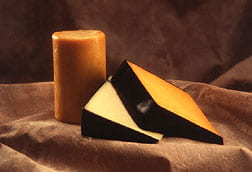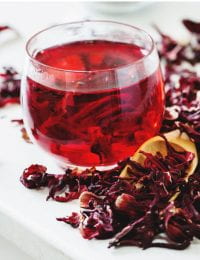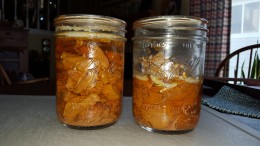 As gardens are getting planted, so are plans to preserve the harvest to enjoy in later months. To safely preserve food, education is key to know the best method and recommendations. The North Central Food Safety Extension Network is working to provide educational resources for a unified message. Here are some resources for your use.
As gardens are getting planted, so are plans to preserve the harvest to enjoy in later months. To safely preserve food, education is key to know the best method and recommendations. The North Central Food Safety Extension Network is working to provide educational resources for a unified message. Here are some resources for your use.
Jar It Right! – Best practices for canning with Mason-type jars. Be sure jars are clean and free of nicks or cracks. Wash jars before use. Warm jars before filling with prepared food. Sterilizing jars is not required for processing times longer than 10 minutes.
Put a Lid On It! – Best practices for ensuring a safe seal on canning jars. Wash lids prior to use, do not heat or boil lids as they may not seal properly. Clean the jar rim before applying the lid to reduce seal failures.
Pressure Can It Right! – Tips to safely use a stovetop or electric pressure canner. Pressure canners must be used for canning plain vegetables or any meat product to destroy Clostridium botulinum spores.
Steam Can It Right! – Guidelines on using a steam canner for preserving high acid foods. This method can be used for any water bath canned food with a total processing time of 45 minutes.
Learn more at www.ncrfsma.org/north-central-food-safety-extension-network-ncfsen.
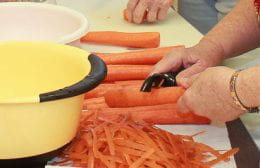
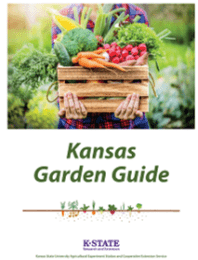 The recently updated
The recently updated 